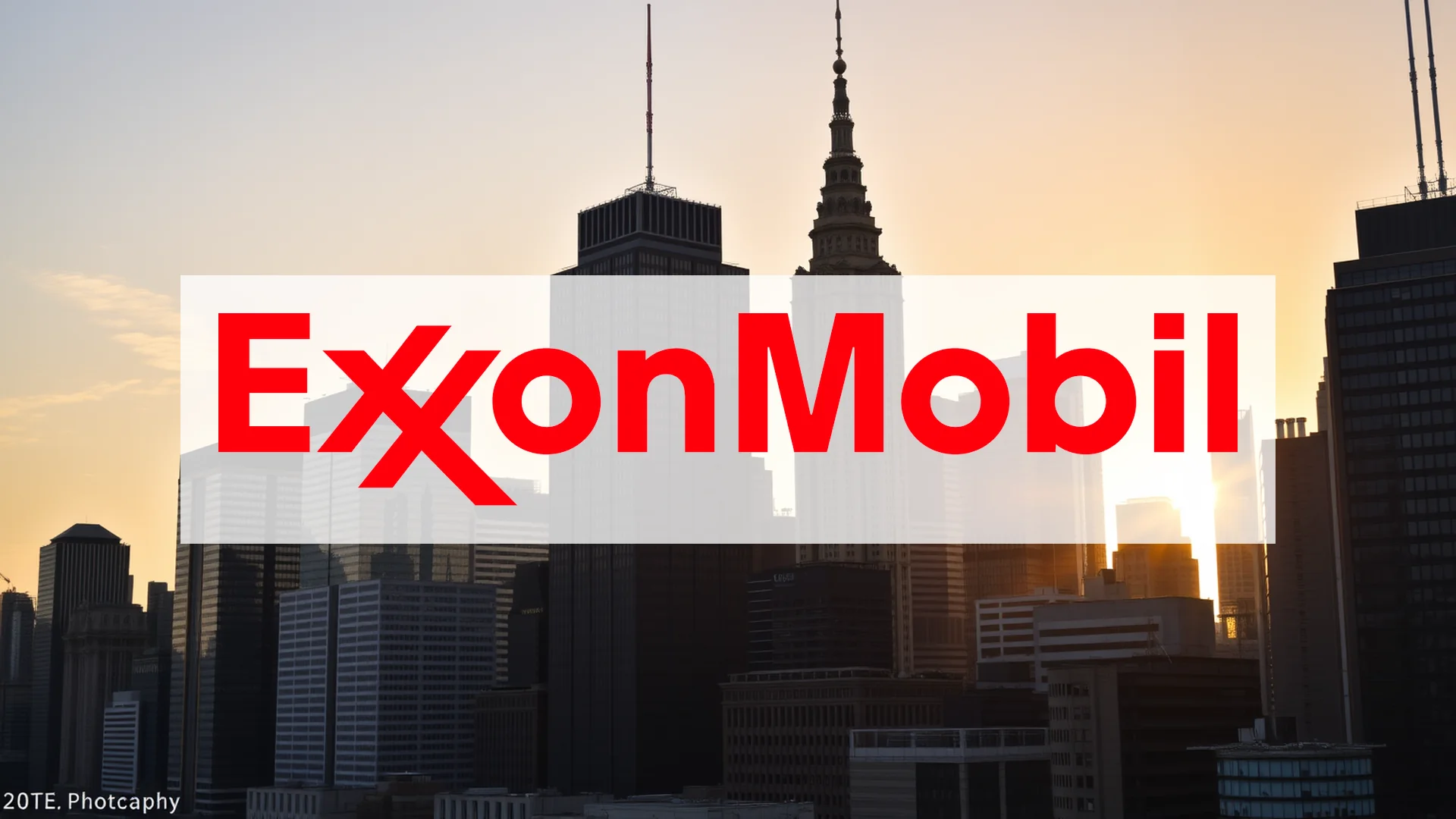Exxon Mobil Corporation finds itself navigating turbulent market conditions as declining crude prices create significant headwinds for the energy sector. With oil values hovering near five-month lows, the integrated energy giant is implementing aggressive cost-cutting measures while simultaneously expanding into new business areas to maintain its competitive position.
Market Pressures Intensify
Recent volatility in energy markets has placed substantial pressure on Exxon Mobil’s operations. Brent crude, a global benchmark, has declined to approximately $65 per barrel—its lowest valuation since May. This downward trend stems primarily from trade tariff concerns that emerged in early October, creating uncertainty across commodity markets. For major energy producers like Exxon Mobil, these price movements directly impact profitability margins. Industry observers are closely monitoring upcoming OPEC market reports and U.S. construction data for indications of future price direction.
Strategic Cost Management Initiatives
In response to these challenging market conditions, Exxon Mobil has launched comprehensive restructuring efforts. The company recently eliminated approximately 2,000 positions globally in late September and early October as part of this organizational transformation. By October 2025, the corporation had already achieved structural cost reductions totaling $13.5 billion. Even more ambitious is the company’s 2030 target: annual savings of $18 billion, representing a 30 percent increase from current levels. This rigorous cost discipline could prove crucial for maintaining competitiveness in an environment of fluctuating oil prices.
Should investors sell immediately? Or is it worth buying Exxon Mobil?
Expansion Beyond Traditional Operations
Beyond addressing cost structures, Exxon Mobil is pursuing diversification strategies to drive future growth. On October 10, 2025, the company announced its entry into the LNG ship refueling market, with two new LNG bunker vessels scheduled to commence operations in 2027. These vessels will deliver both liquefied natural gas and bio-LNG, supporting the reduction of greenhouse gas emissions in global shipping. Concurrently, the company’s new energy strategy includes expansion into synthetic graphite production. Despite current market challenges, Exxon Mobil continues to demonstrate commitment to shareholder returns, repurchasing $9.8 billion worth of shares during the first half of 2025.
The critical question facing investors is whether these strategic initiatives—combining aggressive cost containment with business diversification—will be sufficient to reverse the downward trajectory amid continuing oil price weakness. Upcoming quarterly financial results will provide crucial evidence regarding Exxon Mobil’s ability to execute a successful turnaround.
Ad
Exxon Mobil Stock: Buy or Sell?! New Exxon Mobil Analysis from November 27 delivers the answer:
The latest Exxon Mobil figures speak for themselves: Urgent action needed for Exxon Mobil investors. Is it worth buying or should you sell? Find out what to do now in the current free analysis from November 27.
Exxon Mobil: Buy or sell? Read more here...










